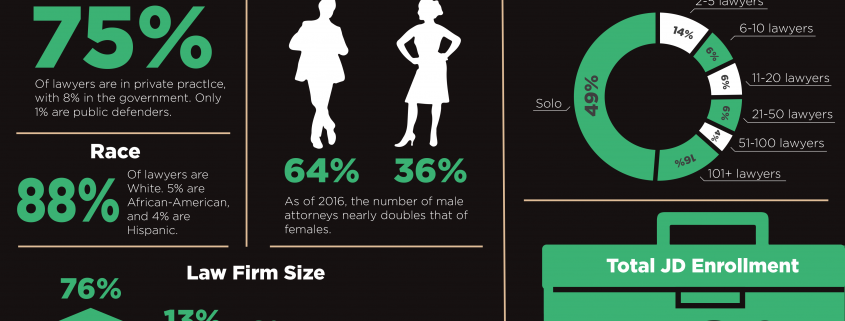The Criminal Test Process Explained: A Sequential Overview Of Each Action
The Criminal Test Process Explained: A Sequential Overview Of Each Action
Blog Article
Material Author-McLean Mohamed
When you step into a criminal trial, you may be surprised by the organized process that unravels. All of it starts with jury option, where potential jurors are scrutinized for biases through a technique called "voir dire." Afterwards, both sides offer their opening statements, setting the stage for the evidence and testaments to comply with. You'll see how the prosecution and protection build their cases, however what happens next can considerably affect the outcome. Comprehending these phases can disclose the intricacies of justice, yet there's more to uncover concerning the critical moments that adhere to.
Court Option Refine
When it comes to the court selection process, you're diving into an important stage of a criminal trial. This process, usually called "voir dire," entails questioning prospective jurors to ensure they're objective and with the ability of supplying a fair judgment.
You'll see both the prosecution and defense attorneys getting involved actively, each aiming to choose jurors who align with their instance's story.
Throughout voir dire, you'll discover that lawyers ask inquiries concerning jurors' histories, beliefs, and experiences. Their goal is to identify any pre-existing biases that could affect a juror's decision. As a juror, you might really feel a mix of anxiety and interest, however your honesty is vital.
After examining, attorneys can test details jurors for reason if they believe a juror can't remain neutral. They can also use a restricted number of peremptory difficulties to disregard jurors without mentioning a reason.
Test Phases Explained
The stages of a criminal test play a crucial function in making certain a fair and structured procedure.
You'll initially run into the opening declarations, where both the prosecution and protection detail their cases. This establishes the stage for what's to come.
Next off, the prosecution presents its proof and witnesses, intending to verify the defendant's guilt beyond an affordable doubt. You'll see direct exam adhered to by interrogation, allowing both sides to test today info.
After the prosecution relaxes its situation, it's the protection's turn. They'll offer their evidence and witnesses, typically focusing on producing affordable doubt. You'll notice that the protection doesn't have to prove virtue; they simply need to challenge the prosecution's instance.
Once https://www.legalreader.com/how-to-choose-the-right-defense-attorney/ have actually offered their debates, you'll hear shutting declarations, where each event summarizes their instance. This is vital as it strengthens their settings prior to the court deliberates.
Throughout these stages, the judge makes sure that the trial sticks to legal criteria which the legal rights of both events are secured.
Comprehending these stages will help you appreciate the intricacies involved in a criminal test and the significance of each action in the pursuit of justice.
Verdict and Sentencing
After all evidence has actually been presented and disagreements made, the jury or court provides a judgment, establishing the offender's guilt or innocence. If you're part of the court, you'll deliberate with your other jurors, discussing the evidence and your perceptions. This procedure can require time, as you'll intend to make certain everyone agrees on the judgment based on the facts.
Once white collar crime defense attorney is reached, it's revealed in court. If the accused is condemned, the following phase is sentencing. This is when the judge makes a decision the suitable punishment. You may see that different aspects affect the sentence, such as the extent of the crime, the accused's previous document, and any type of mitigating conditions.
The judge may impose a series of sentences, from penalties and community service to jail time. Occasionally, the protection or prosecution can provide disagreements pertaining to sentencing, attempting to sway the judge's choice.
If the offender is found not guilty, they're acquitted, and no penalty complies with. Remember that a guilty judgment can typically lead to appeals, where the accused might test the judgment or the sentence imposed.
Final thought
In a criminal trial, you have actually seen just how crucial each action is, from jury choice to the final verdict. You've complied with the prosecution and protection as they construct their instances, intending to persuade the court. Once deliberation completes, the decision identifies the outcome, and if the defendant is found guilty, the sentencing phase starts. Comprehending these processes assists you appreciate the intricacies of the justice system and the value of each function in making sure a fair trial.
